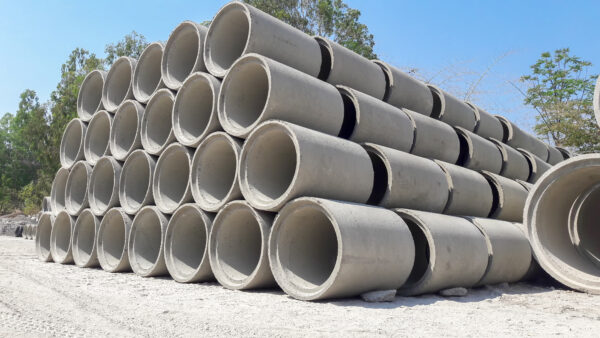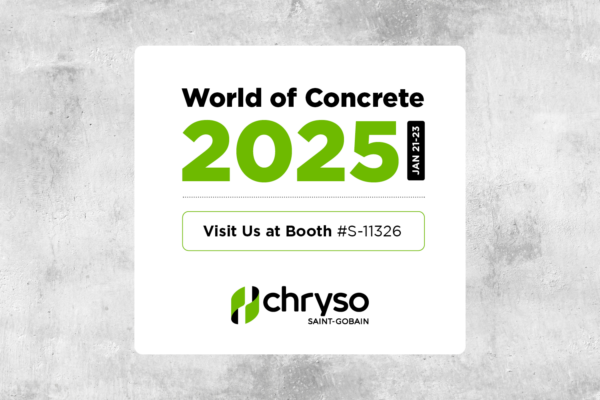Hot Weather Concrete – TB-0101

The success of many hot-weather concreting operations depends on the steps taken to slow the cement hydration reactions within the concrete and to minimize the rate of evaporation of moisture from the freshly mixed concrete.
ACI 305 “Hot Weather Concreting” defines hot weathers as any combination of the following conditions that tends to impair the quality of the freshly mixed or hardened concrete:
- High ambient temperature
- High concrete temperature
- Low relative humidity
- Wind speed
- Solar radiation
Potential concrete problems in hot weather are likely to include:
- Increased water demand
- Increased rate of slump loss
- Increased rate of setting
- Increased tendency for plastic-shrinkage cracking
- Increased difficulty in controlling entrained air content
- Decreased 28-day and later strengths
- Increased tendency for differential thermal cracking
- Greater variability in surface appearance
- Increased permeability
Chilled Water
The temperature of freshly mixed concrete depends upon the temperature of each ingredient. Concrete can be cooled to a moderate extent by using chilled mixing water. The quantity of cooled water cannot exceed the mixing water requirement. The maximum reduction in concrete temperature that can be obtained is approximately 6°C (10°F).
Rule of Thumb #1
For every 0.5°C (1°F) drop in concrete temperature desired, the mix water temperature must be reduced by 2 degrees C (3.6 degrees F)
On a weight basis the mix water has the greatest effect on the final concrete temperature. This stems from its higher specific heat, which is about five (5) times as high as for the other concrete making materials.
Using the above rule, a concrete producer would chill his 21°C (70°F) mix water down to 9°C (52°F) to lower his concrete temperatures from 27°C to 24°C (80°F to 75°F).
Ice
If a water chiller is not available, or the desired reductions in mix temperature involve chilling the water beyond its freezing point (0°C or 32°F), ice is the obvious answer. The amount of cooling is limited by the amount of mixing water available for ice substitution. For most concrete, the maximum temperature reduction is approximately 11°C (20°F). For correct proportioning the ice must be weighed.
Ice has a two-way cooling effect. First it draws heat from the concrete for melting of ice, then the resulting water at 0°C (32°F) provides continuing cooling capacity.
Rule of Thumb #2
For every 0.5°C (1°F) drop in concrete temperature desired, replace 2% of the total mix.
Example:
To cool a concrete mix containing 166 kg/m3 (280 lbs/yd3) of water from 27°C (80°F) down to 16°C (60°F), replace 40% (66 kg/m3 or 112 lbs/yd3) of the mix water with ice.
The ice must be added directly into the concrete as part of the mixing water.
Admixtures
The moment cement contacts water, hydration begins and heat is liberated. Admixtures meeting the requirements of ASTM C494, Type D (water-reducing retarders such as DARATARD® and RECOVER®) are beneficial in hot weather concreting due to their ability to slow the chemical reaction between water and cement.
DARATARD® and RECOVER®, when used at their recommended dosage rates, decrease the water required for a given workability, slow the rate of hydration and extend the set time to allow for proper finishing.
Chilled water, ice and admixtures, used either in combination or separately, are all helpful tools for successful hot weather concreting. For more information on this topic refer to ACI 305, “Hot Weather Concreting.”





